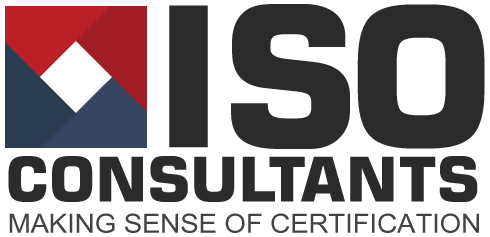CE Marking – Does it apply to your product, or not? Even after a quarter of a century in the quality and standards business, I occasionally get caught out.
So Far, So Good.
I wrote a Quality Management System for someone recently against ISO 9001, 2015. The senior management team knew their business, market and customers well, and had that mature, no-fuss demeanour which comes with experience and confidence.
Enter The Auditor
A professional, friendly chap. He did exactly as I would have done, wandering into the assembly area, spying incomplete assemblies, and asking “What legislation apply to these products” “None”, said the customer. (“I’ve been down this road, there are no issues. We’re almost home and dry.” I thought). Now comes the next question…
“What About CE Marking, Then?”
The customer said “I don’t think it applies”, (“Hang on a minute, he gave a definitive “NO” when I asked…!”) The auditor, knowing the product, asks “what about (X)?”
Instantly, I knew I’d messed up – it was obvious that the legislation mentioned would apply, and the goods therefore needed CE marking. In my defence I had asked the question, and he’d said it didn’t apply. (After all, he would know his own business and products, wouldn’t he?)
What I Learnt Today…
So for anyone out there who isn’t sure if CE marking applies to their products here are two hints:-
Help is At Hand On-Line
First of all, try going here. It may be a government web site, but the explanation is pretty good and the English doesn’t seem to have been written by a lawyer previously employed by “Yes Minister”.
You Will Need A Technical File
Start compiling a Technical File for the product.
If you find from this that CE marking DOES apply then a key piece of documentation you will need to create is the Technical File
If you don’t have the required data to create this, you probably shouldn’t be selling into this market !
The content of a technical file is described through UK and European legislation. It should be a document which fully specifies the technical performance of the product and how it complies with the applicable European Directives. As a general guide, it should include:
-
An outline description of the product, possibly supported by a photograph or diagram.
-
Electrical content – circuit or wiring diagrams etc.
-
An outline diagram, often a General Assembly drawing
-
A full list of the applicable legislation and standards
-
Details of how you have ensured the product meets those standards, such as risk assessment & testing
-
Details of any controls or logic which enables the equipment’s functionality
-
Technical specifications for any sub-assemblies or bought in components.
-
A Bill of Materials or Parts List for the equipment
-
Diagrams showing markings and labelling applied to the product
-
A set of user instructions and any maintenance needs
-
Reports covering the functional testing of the product.
-
Commissioning or Quality Control requirements
-
And finally, a Declaration of Conformity, stating what directives and standards the product meets and authorised by a senior member of the company management team.
CE Marking is a complex and difficult subject, so this brief post is not intended to be an exhaustive guide to its implementation. However, knowing the applicable legislation for your products, and knowing how its performance has been verified is fairly important, so I hope this helps those with questions.
We’re Not Far Away
Meanwhile, we’re here to help, of course.

